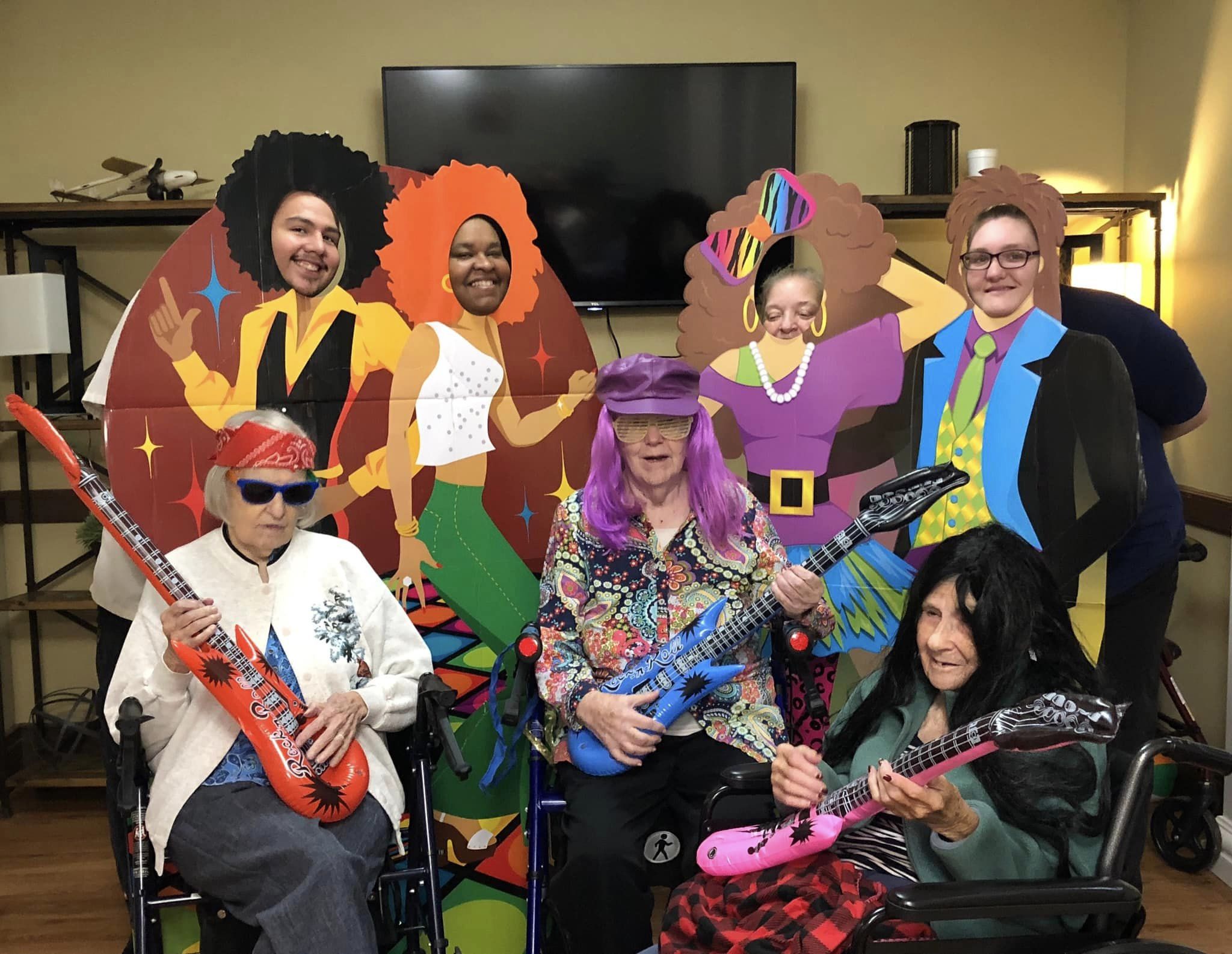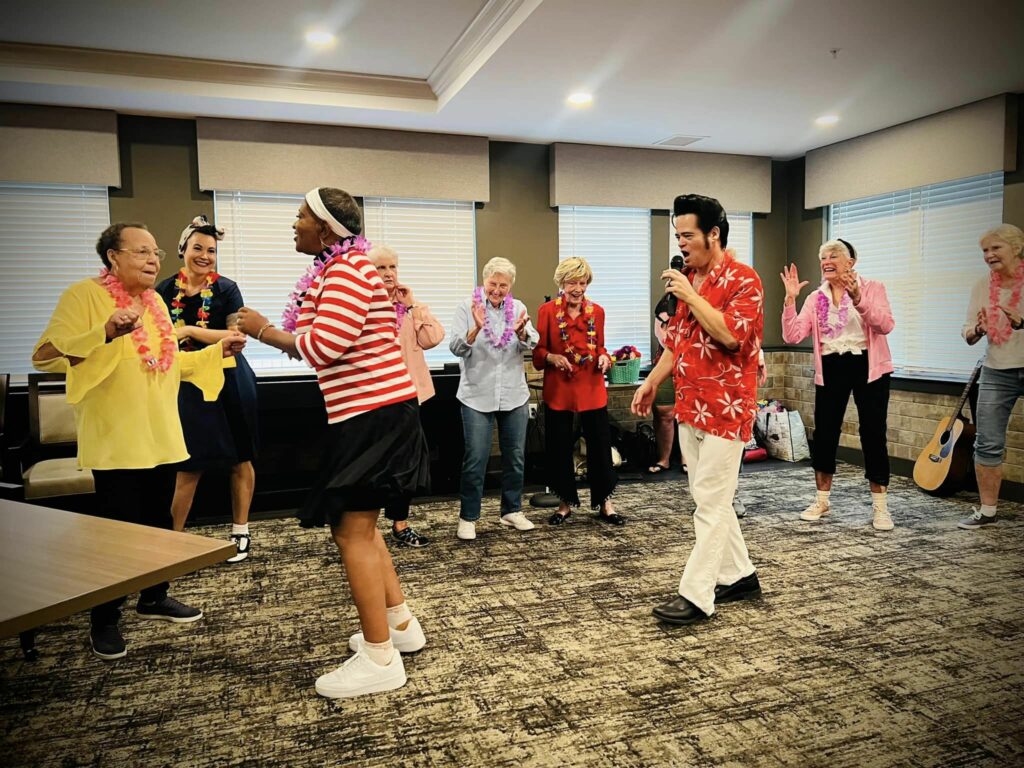We all love music, but very few of us are aware of all the benefits it can bring to improve our quality of life, especially in the aging process; music can become a great accomplice to keep us healthy and joyful.
First, we must bear in mind that music allows us to experience pleasure, and this is not only a subjective appreciation, but it is well founded: listening to music can help increase serotonin levels, the neurotransmitter responsible for regulating the state of mind, and sleep, which inhibits negative emotions such as anger. Furthermore, music is also about communication, allowing pleasure, gratification, and all the beautiful emotions it evokes in us to be shared with other people.
According to the World Federation of Music Therapy, it is defined as:
“The professional use of music and its elements as an intervention in everyday, medical and educational settings, in which different individuals, groups, families or communities participate, seeking to optimize quality of life and improve physical, social, emotional functioning, communicational and intellectual of these.”
In the elderly, music can release a whole torrent of memories. This is one of the reasons why music therapy is one of the most effective treatments for older people suffering from certain diseases or disorders.

Benefits:
Social and emotional
- Prevent isolation situations.
- Social skills are reinforced.
- Promotes a positive mood and drives away depression and low moods.
- Improves self-esteem growth.
- Encourages participation, interaction, and social communication in the group.
- Allows emotions to surface.
- Improves verbal and non-verbal expression.
Cognitive
- Helps maintain or improve verbal skills.
- Stimulates memory at short and long-term levels, helping reminiscence (recalling almost forgotten memories) and learning.
- Helps maintain attention and connect the person with reality.
- Encourages creativity.
Physical
- Anxiety decreases, and that gives way to a state of physical relaxation. Thanks to the sounds used, states of agitation and nervousness are reduced, giving way to greater relaxation with all the positive aspects that this entails at all levels.
- The muscles relax, being able to make better movements since they are not constricted, as well as facilitating the movement of the joints.
- Body expression, at a general level, is improved. There is more ease and greater confidence.
- The senses are heightened. The hearing sharpens, but it is not the only improved sense. Music therapy positively impacts sight, touch, and even taste.

Music therapy or sound therapies are also highly beneficial when we introduce them into face-to-face activities, either by creating live music or using recorded music. With live music, the elderly can overcome their shame at not knowing how to use an instrument or sing, improving their relationship, in addition to physical stimulation. With the recorded music, activities such as dancing, playing games, or talking about the song and the author can be carried out, improving the phy
sical and mental health of the elderly.
How can you imagine our residents enjoying these activities and personalized programs to adapt the necessary tools to their needs and preferences. For our residents in the Memory Care modality, there is an emphasis on promoting the stimulation of the senses through different therapeutic activities; for example, focusing on the theme of music therapy, several of our communities that offer the Memory Care service has the Snoezelen Room.
Why do we have a Snoezelen Room in Memory Care Communities?
The Snoezelen Room is set up with soft, soothing designs and sounds. It is an area where we can take agitated residents to help calm them or be used for therapeutic purposes.

